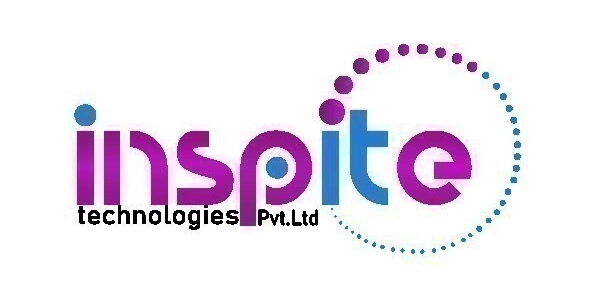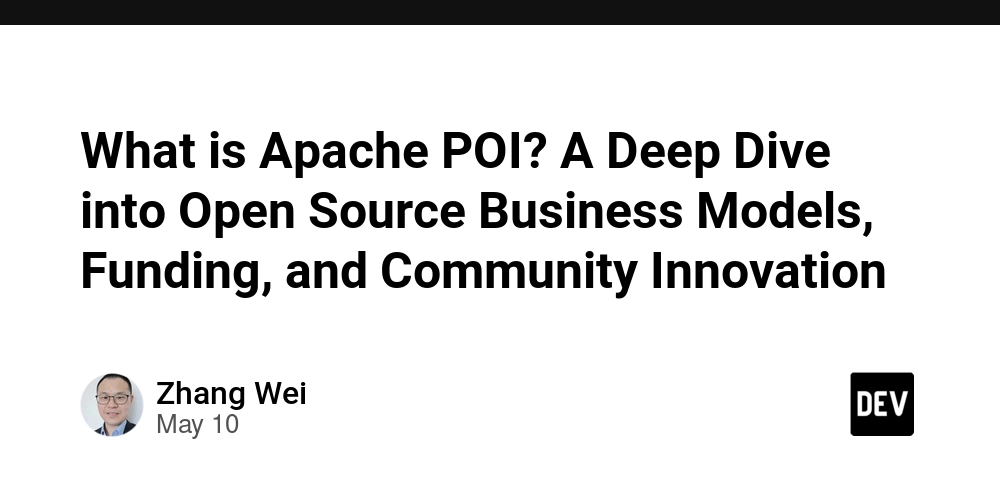How to Choose the Right Tech Stack for Your Web App in 2025: A Complete Guide
Introduction Choosing the right tech stack is one of the most critical decisions in web app development. With the rapid evolution of tools and frameworks, 2025 brings new trends, enhanced performance standards, and a wider range of options. Whether you're a startup founder or a seasoned developer, selecting the right combination of technologies will impact your web app’s scalability, speed, cost, and success. What Is a Tech Stack? A tech stack is the combination of programming languages, frameworks, libraries, and tools used to build a web application. It includes: Frontend (client-side): Technologies that run in the browser (e.g., React, Vue.js) Backend (server-side): Technologies that run on the server (e.g., Node.js, Python, Ruby on Rails) Database: Where your app’s data is stored (e.g., PostgreSQL, MongoDB) DevOps and Hosting: Deployment and infrastructure tools (e.g., Docker, AWS, Vercel) Key Factors to Consider in 2025 ✅ Project Requirements Define your app’s core features. A real-time chat app requires different tech than an e-commerce store or an analytics dashboard. ✅ Scalability Will your app support thousands of users in the future? Choose a stack that supports horizontal scaling, like Node.js + MongoDB or Django + PostgreSQL. ✅ Performance In 2025, speed matters more than ever. Lightweight frameworks like SvelteKit or Next.js 14 (with server components) offer incredible performance and SEO benefits. ✅ Development Speed & Community Support Choose popular tools with strong communities. Frameworks like React, Express, and Laravel save time due to their rich ecosystems and documentation. ✅ Security Tech stacks with built-in security features, like Django or ASP.NET Core, can protect sensitive user data and reduce breach risks. Top Tech Stack Combinations for 2025

Introduction
Choosing the right tech stack is one of the most critical decisions in web app development. With the rapid evolution of tools and frameworks, 2025 brings new trends, enhanced performance standards, and a wider range of options. Whether you're a startup founder or a seasoned developer, selecting the right combination of technologies will impact your web app’s scalability, speed, cost, and success.
- What Is a Tech Stack? A tech stack is the combination of programming languages, frameworks, libraries, and tools used to build a web application. It includes:
Frontend (client-side): Technologies that run in the browser (e.g., React, Vue.js)
Backend (server-side): Technologies that run on the server (e.g., Node.js, Python, Ruby on Rails)
Database: Where your app’s data is stored (e.g., PostgreSQL, MongoDB)
DevOps and Hosting: Deployment and infrastructure tools (e.g., Docker, AWS, Vercel)
- Key Factors to Consider in 2025 ✅ Project Requirements Define your app’s core features. A real-time chat app requires different tech than an e-commerce store or an analytics dashboard.
✅ Scalability
Will your app support thousands of users in the future? Choose a stack that supports horizontal scaling, like Node.js + MongoDB or Django + PostgreSQL.
✅ Performance
In 2025, speed matters more than ever. Lightweight frameworks like SvelteKit or Next.js 14 (with server components) offer incredible performance and SEO benefits.
✅ Development Speed & Community Support
Choose popular tools with strong communities. Frameworks like React, Express, and Laravel save time due to their rich ecosystems and documentation.
✅ Security
Tech stacks with built-in security features, like Django or ASP.NET Core, can protect sensitive user data and reduce breach risks.
- Top Tech Stack Combinations for 2025









![Epic Games: Fortnite is offline for Apple devices worldwide after app store rejection [updated]](https://helios-i.mashable.com/imagery/articles/00T6DmFkLaAeJiMZlCJ7eUs/hero-image.fill.size_1200x675.v1747407583.jpg)

































































































































































![[The AI Show Episode 146]: Rise of “AI-First” Companies, AI Job Disruption, GPT-4o Update Gets Rolled Back, How Big Consulting Firms Use AI, and Meta AI App](https://www.marketingaiinstitute.com/hubfs/ep%20146%20cover.png)































































































































![How to make Developer Friends When You Don't Live in Silicon Valley, with Iraqi Engineer Code;Life [Podcast #172]](https://cdn.hashnode.com/res/hashnode/image/upload/v1747360508340/f07040cd-3eeb-443c-b4fb-370f6a4a14da.png?#)

















































































































.png?width=1920&height=1920&fit=bounds&quality=70&format=jpg&auto=webp#)





















![[Virtual Event] Strategic Security for the Modern Enterprise](https://eu-images.contentstack.com/v3/assets/blt6d90778a997de1cd/blt55e4e7e277520090/653a745a0e92cc040a3e9d7e/Dark_Reading_Logo_VirtualEvent_4C.png?width=1280&auto=webp&quality=80&disable=upscale#)














































































-xl-(1)-xl-xl.jpg)











![How to upgrade the M4 Mac mini SSD and save hundreds [Video]](https://i0.wp.com/9to5mac.com/wp-content/uploads/sites/6/2025/05/M4-Mac-mini-SSD-Upgrade-Tutorial-2TB.jpg?resize=1200%2C628&quality=82&strip=all&ssl=1)
![‘Apple in China’ book argues that the iPhone could be killed overnight [Updated]](https://i0.wp.com/9to5mac.com/wp-content/uploads/sites/6/2025/05/Apple-in-China-review.jpg?resize=1200%2C628&quality=82&strip=all&ssl=1)














![iPhone 17 Air Could Get a Boost From TDK's New Silicon Battery Tech [Report]](https://www.iclarified.com/images/news/97344/97344/97344-640.jpg)
![Vision Pro Owners Say They Regret $3,500 Purchase [WSJ]](https://www.iclarified.com/images/news/97347/97347/97347-640.jpg)
![Apple Showcases 'Magnifier on Mac' and 'Music Haptics' Accessibility Features [Video]](https://www.iclarified.com/images/news/97343/97343/97343-640.jpg)
![Sony WH-1000XM6 Unveiled With Smarter Noise Canceling and Studio-Tuned Sound [Video]](https://www.iclarified.com/images/news/97341/97341/97341-640.jpg)










































![Apple Stops Signing iPadOS 17.7.7 After Reports of App Login Issues [Updated]](https://images.macrumors.com/t/DoYicdwGvOHw-VKkuNvoxYs3pfo=/1920x/article-new/2023/06/ipados-17.jpg)



























